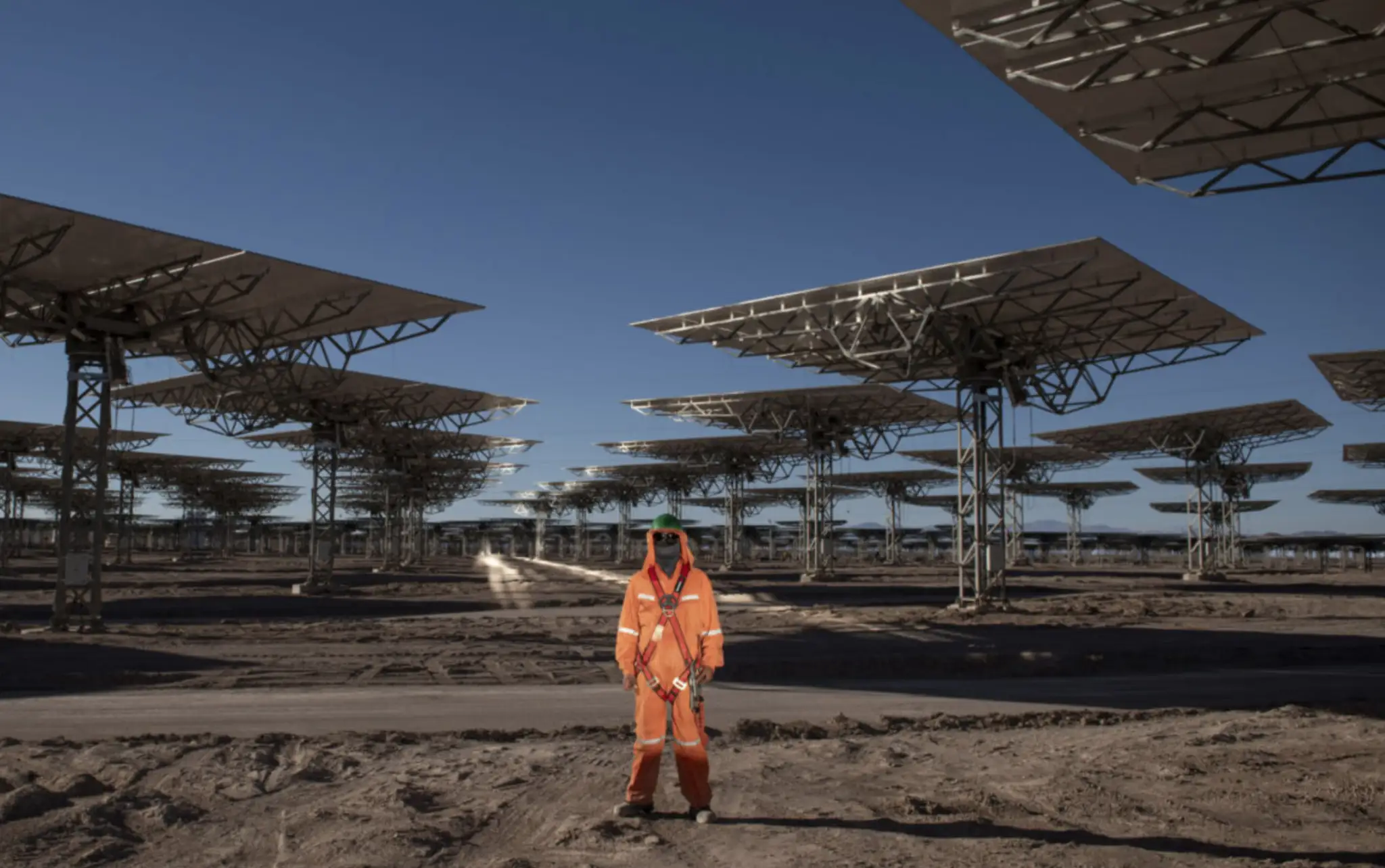We are moving from a world of “relative predictability” with near-zero interest rates and low inflation, where cooperation predominated and rules delimited conflicts, to a new era marked by increasing fragility, high volatility, and geopolitical conflicts. These were the words of Kristalina Georgieva, Managing Director of the International Monetary Fund (IMF), in 2022.
At the beginning of 2023, the future looks uncertain and that uncertainty takes on a radical character. Undoubtedly, we are living in critical times. Between 1990 and 2015, the increase in carbon dioxide emissions was almost 60% (13.5 GtCO2eq). The climate crisis tells us of the need to act immediately, to move toward a fairly green transition. The COVID-19 pandemic outbreak reminded us of the urgency of change, as well as the oblivion in which our society submerged vast sectors of labor, whose tasks, although essential, were denied.
Following the rise of China as a world power and the consequent increase in commodities prices, Latin American countries experienced an unprecedented boom in the price of raw materials. Thus, the Asian giant has become the region’s main trading partner, with important investments in several countries, while its capital has become critical for the financing of numerous projects.
Regardless of social conflicts and the worsening of the environmental problem, the demand for natural resources has led to the perpetuation of a development model based on extractivism. Faced with the rise in prices due to Russia’s invasion of Ukraine, various Latin American governments started to bid for new exploration areas. The political orientation is indistinct, whether they are neoliberal as in Ecuador, or neo-developmentalist as in Argentina; members of the government go to Houston in search of investors.
The global insertion model hitherto pursued by Latin America is in crisis, as the world is facing an unprecedented climate crisis. This requires changing consumption and production habits as well as the energy model. Numerous studies indicate that peak demand for oil and gas will occur this decade. If so, many of the investments currently in the pipeline will lose their value and become stranded assets.
China could be an alternative, either to deepen the model or help in the transition. Up to this point, oil exports have played an important role in the region’s export basket (in some cases, a decisive one), as well as the role of capital inflows in the sector. Based on data compiled by Boston University’s Global Development Policy Center (GDPC-BU), most of the funds that came to finance energy projects in Latin America were allocated to non-renewable energy.
When considering development loans, most of the funds are linked to the operation of two development banks: the China Development Bank (CDB) and the Export-Import Bank of China (Chexim). Thus, in the last decade, the financing of the energy sector in the region has been basically related to bilateral loans from China.
A 2018 study by Yuan & Gallagher suggests that just over 2/3 of the loans granted to Latin America during the 2003-2016 period were used to finance the oil industry, while the renewable energy sector benefited from 17% of the total. The region also witnessed the installation of Chinese oil companies and foreign direct investment that was linked to exploration and exploitation tasks. Numerous bilateral loans were backed by barrels of oil, as shown in Ecuador.
However, recently, this trend seems to be reversing. According to CFEF baseline data, since 2020 neither CDB nor Chexim has financed new oil and gas projects. In terms of foreign direct investment (FDI), since 2015 the coal, oil, and gas sector has been losing relevance, while the electricity sector has become more notorious as a destination for capital flows both in greenfield investment and in mergers and acquisitions.
When we look at renewable energies, China also emerges as a global leader. The active policies implemented at the beginning of the millennium had an impact on the photovoltaic and solar panel industries development, where Chinese companies lead the world markets. The same impetus has been given to electric mobility. In fact, the Chinese electric car market has become the most important in the world.
All this explains the relevance of the environmental issue and China’s growing influence on the decisions of its trading partners, including Latin American countries. This does not imply that governments are constrained in terms of decision-making or that they are obliged to follow a certain model of insertion.
Such decisions are the sovereign’s power, even though they ultimately reflect the wishes of the elites living in each country. In this sense, it is up to local governments to adopt a strategic vision regarding the type of investment coming from abroad. Most countries in the region still favor a quantitative vision: “The more funds, the better”. But this is not beneficial, much less sufficient if the aim is to transform the global insertion model.
If we compare investment flows, we observe that 56% of Chinese funds that reached Africa during the period 2010-2020 went to renewable energies, a much higher percentage than that received by Latin America. Although the indirect benefits of this investment are meager, at least African countries have less exposure to the stranded asset problem than Latin American countries.
This should lead Latin American leaders to review their agendas and think beyond the short term. Even when China buys oil and raw materials, it can also play a role as a supplier of equipment to produce clean energy and foster cooperation and exchange of know-how, crucial to Latin America’s further development.
* This text was originally published on the REDCAEM website.
Translated from Spanish by Janaína Ruviaro da Silva












